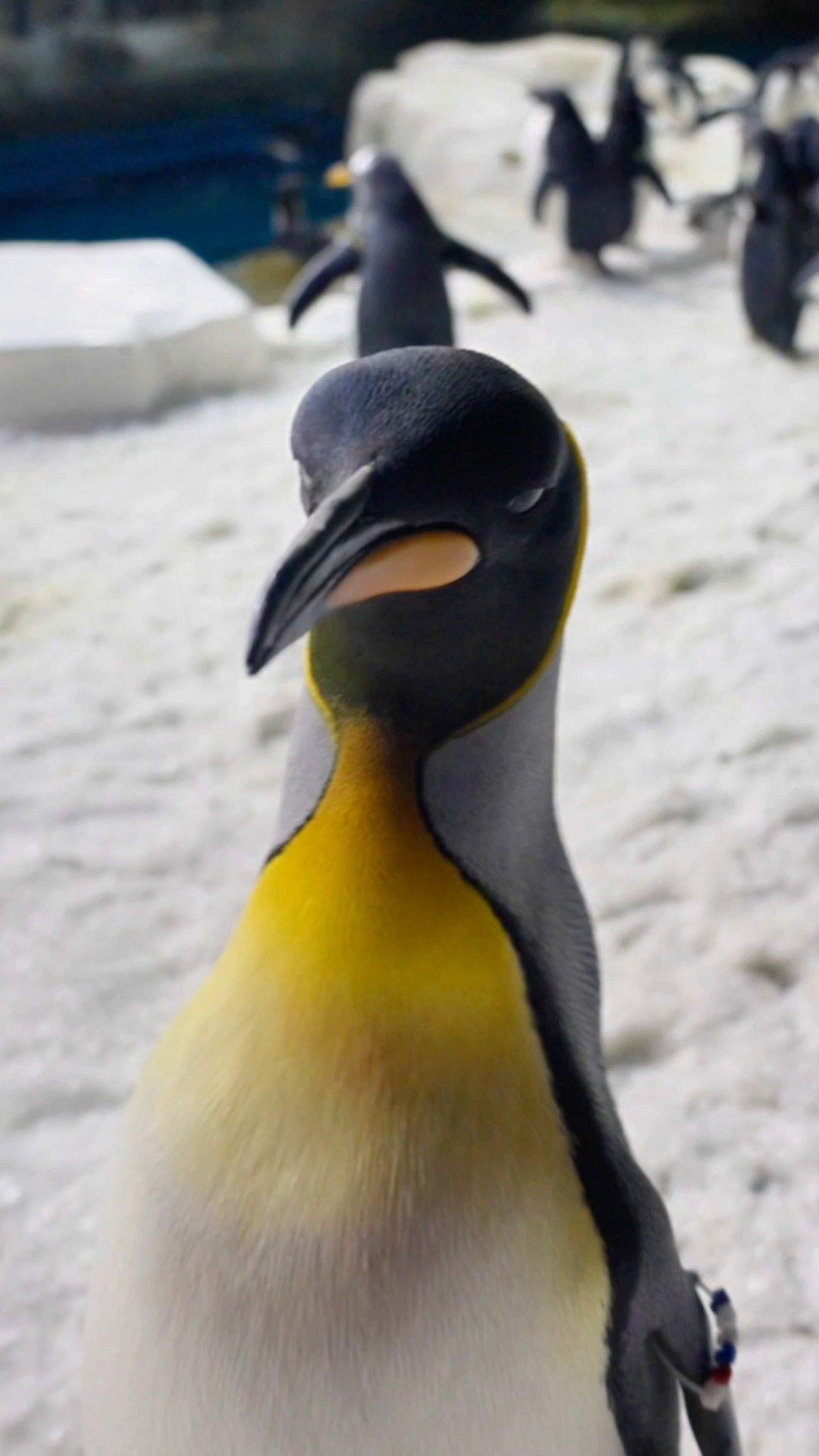- King penguin vocalizations and social structure
- Unique identification methods among king penguins
- Adaptations for deep-sea diving and survival
- Conservation status and environmental challenges
- Zoological management and public engagement
King penguins are extraordinary creatures, showcasing a unique blend of vocal prowess and social complexity. Their vocalizations are not merely casual sounds but an intricate language that connects individuals within their bustling colonies. Stephen, the king penguin extraordinaire, exemplifies the charming communicative skills seen in these birds. Each penguin’s call acts as a signature, allowing them to identify mates and chicks amid the colony’s cacophony. This vocal fingerprint system ensures family units remain intact in the dense gathering areas of sub-Antarctic islands.
Scientists have long marveled at penguins’ ability to navigate their noisy environments using sound. Each call serves a precise function, tailored to communicate emotions or intentions. Specialized structures in their throat and larynx allow these birds to emit sounds over long distances, a capability essential for survival in their often harsh habitats.
King penguins, the second-largest penguin species, are equipped with unique adaptations for thriving in their icy world. Their size and stature grant them extraordinary diving capabilities, allowing them to reach depths of over 1,000 feet in search of food. This diving proficiency is supported by their streamlined bodies, powerful flippers, and specialized oxygen storage in their muscles, enabling longer underwater ventures.
Their diet primarily consists of fish and squid, and these diving feats are crucial to accessing the marine bounty that sustains them. Understanding these adaptations offers insights into their energy balance and metabolic rate, vital factors in their ability to endure sub-zero temperatures and wintry winds.
King penguins face mounting environmental challenges, affecting their conservation status. Climate change, overfishing, and habitat destruction pose serious risks. Rising sea temperatures impact their food supply, while melting ice affects breeding grounds. Conservation organizations are focused on mitigating these impacts through international cooperation and protective measures that preserve critical habitats.
Zoological institutions play an important role in king penguin conservation and education. By housing these birds in well-managed facilities, zoos provide conservation breeding programs and conduct vital research. These activities help raise public awareness about king penguins’ plight, promoting engagement and support for global conservation efforts.
Engaging visitors with compelling storytelling and interactive experiences enhances their understanding and appreciation of these majestic birds. Such encounters foster a connection that can inspire individual and collective action toward wildlife conservation. As stewards of wildlife, these institutions ensure that the king penguin continues to captivate audiences worldwide, highlighting the importance of sustained conservation efforts.
*****
Source Description
Happy from our very own king—Stephen! 👑🐧
Stephen’s vocalizations are how he shows off and stays connected with his colony.
Here are a few cool facts about king penguins:
🐧 They’re the second-largest penguin species—only emperor penguins are bigger!
🎶 Each penguin has a unique call, kind of like a fingerprint, to help them find their mate and chicks.
🥶 They can dive over 1,000 feet deep searching for fish and squid!
Drop a 🐧 in the comments if you’re team penguin!


